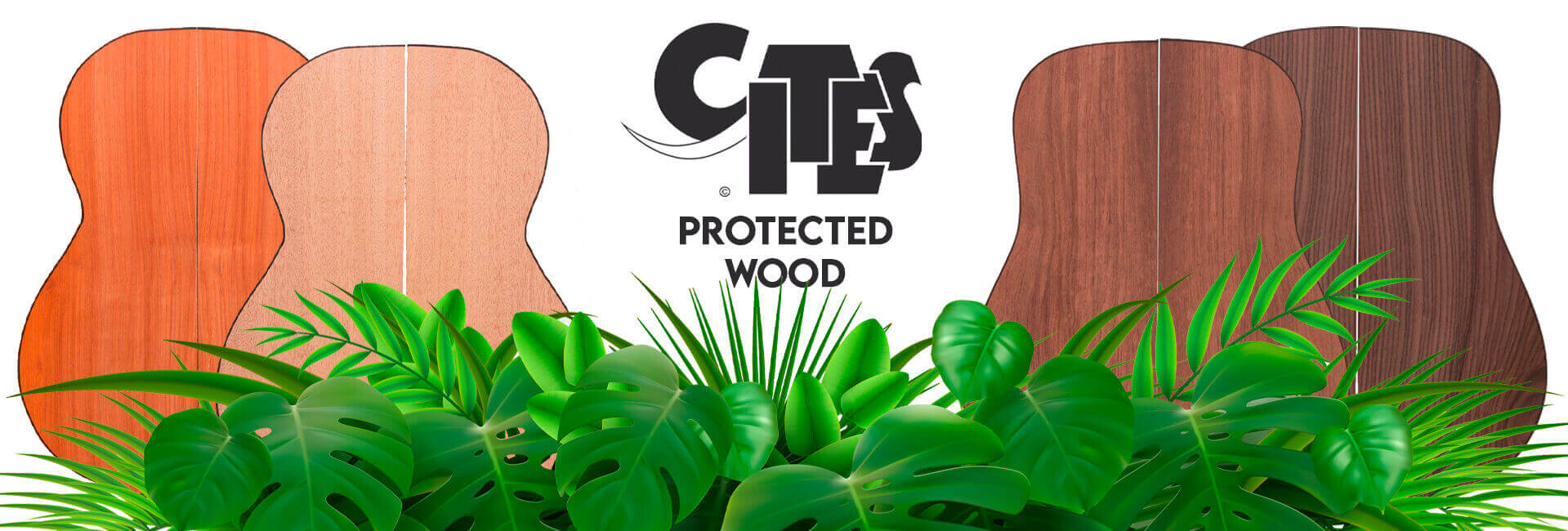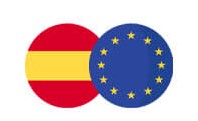Product added to compare.



CITES is an international agreement between governments to ensure that international trade in specimens of wild animals and plants does not threaten their survival. CITES works by subjecting international trade in specimens of selected species to certain controls. All import, export, re-export and introduction from the sea of species covered by the Convention has to be authorized through a licensing system. Therefore, CITES regulates international wildlife trade through a system of licenses and certificates to ensure that this trade is legal and does not threaten the survival of the species.
States (countries) voluntarily join CITES and are known as Parties. Each Party must respect the framework provided by CITES and must promulgate it in its own national legislation to ensure that CITES is implemented at the national level. Moreover, each Party to the Convention must designate one or more Management Authorities in charge of administering that licensing system and one or more Scientific Authorities to advise them on the effects of trade on the status of the species.
Over the years, CITES has been one of the environmental agreements with the largest membership, which now stands at 184 Parties.
The species covered by CITES are listed in three Appendix (I, II and III), according to the degree of protection they need or commercial demand.
At Maderas Barber we work with some CITES protected species. Therefore, to obtain certain species of wood, we need a special license.

If you live in Spain or another EU country
It is not necessary to carry out CITES procedures because, because European countries can buy and sell CITES-protected wood species without the required CITES documentation (all except for the Dalbergia Nigra species, which will require such a document in all cases). The only thing to note is that we will include on your invoice the CITES number associated with the product you purchase. You will need this number when you apply for a CITES export of your musical instruments or woods outside the EU.

If you live outside the European Union
If you wish to purchase CITES-protected wood, it is necessary to request the necessary export certificate, which will have an additional cost of 60 € for administrative taxes and processing. The cost corresponds to one shipment and there is no limit to the number of pieces. At Maderas Barber we take care of processing the CITES documentation for orders that require it. This procedure may delay the delivery time, since it is necessary to obtain the export license from the spanish CITES authorities.
Nature offers us an enormous variety of wood, ideal for creating musical instruments. Therefore, it is important to protect the species and ensure their long-term sustainability. In our online store you will find the following wood species protected by CITES legislation.
If you have purchased any of CITES protected species before they were included in their protection lists, it is advisable to declare your stocks and to document the stocklist of these species through inventory or by statement of stock in terms of quantity and volume (m3).
However, depending on the use you make of these species, you can act in one way or another.
If you keep wood in stock and do not sell it, it is enough to keep the purchase invoice and there is no need to declare it.
If you sell the raw wood, it is necessary to declare it first.
If you create finished pieces or musical instruments with this wood, it is not necessary to declare it in order to sell it, as they are exempt from CITES.
Where to declare your CITES-protected wood stocks?
Depending on your residence, the procedure to declare your stock as well as to request CITES Certificate for exports outside the E.U. will be different.
African Mahogany (Khaya spp.) and Padouk (Pterocarpus spp.) listing on CITES Appendix II, annotation #17.
The Rosewood intended to make finished musical instruments pieces, will be excluded from CITES regulations.
Ban on trade in wild fauna and flora, except certain specimens of Dalbergia latifolia and Dalbergia sissoo
All Guibourtia demeusei, Guibourtia pellegriniana, the Guibourtia tessamannii (common name Bubinga), Pterocarpus erinaceus and Dalbergias SPP have been included on Cites Appendix II, all except the Dalbergia nigra (Brazilian Rosewood) that is still on Appendix I since 1992.
For more information, please visit the official CITES website www.cites.org or contact with our CITES expert:

LOGISTIC
Save products on your wishlist to buy them later or share with your friends.

